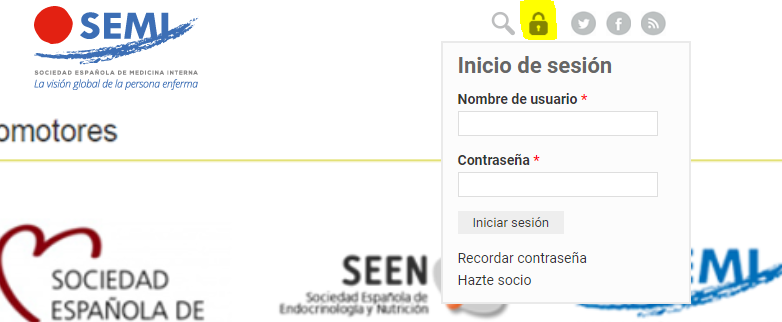Clinical governance highlights the relevance of the combination of “quality” and “safety” with “excellence” and “improvement”. In hospitals, as highly complex organizations, the principles and practices of clinical governance are key elements for success. Several angles would be pertinent in the application of clinical governance to the hospital context, and specifically to internal medicine. The length of stay of patients in hospital is frequently used as a quality indicator of clinical activity. Ideally the patient should remain in the hospital during the time in which he has benefit, minimizing inherent risks. With its centrality in the patient, clinical governance, interpreted in the light of the Seven Pillars Model, can provide a comprehensive framework for addressing the management of length of stay. We should try to bring to the day-to-day of our organizations the aggregating vision of clinical governance, whose foundational values need to be reinforced and deepened.
El gobierno clínico pone de manifiesto la relevancia de la combinación de «calidad» y «seguridad» con «excelencia» y «mejora». En los hospitales, como organizaciones altamente complejas, los principios y prácticas del gobierno clínico son elementos clave para el éxito. Varios ángulos serían pertinentes en la aplicación del gobierno clínico al contexto hospitalario, y específicamente a la medicina interna. La duración de la estancia hospitalaria de los pacientes se utiliza con frecuencia como indicador de calidad de la actividad clínica. Lo ideal es que el paciente permanezca en el hospital durante el tiempo en el que se beneficie, minimizando los riesgos inherentes. Con su centralidad en el paciente, el gobierno clínico, interpretado a la luz del modelo de los siete pilares, puede proporcionar un marco integral para abordar la gestión de la duración de la estancia. Debemos tratar de llevar al día a día de nuestras organizaciones la visión de agregación del gobierno clínico, cuyos valores fundacionales deben ser reforzados y profundizados.
Article
Diríjase desde aquí a la web de la >>>FESEMI<<< e inicie sesión mediante el formulario que se encuentra en la barra superior, pulsando sobre el candado.

Una vez autentificado, en la misma web de FESEMI, en el menú superior, elija la opción deseada.

>>>FESEMI<<<





